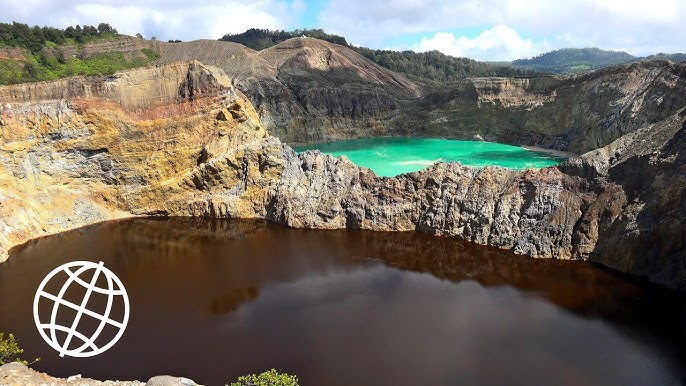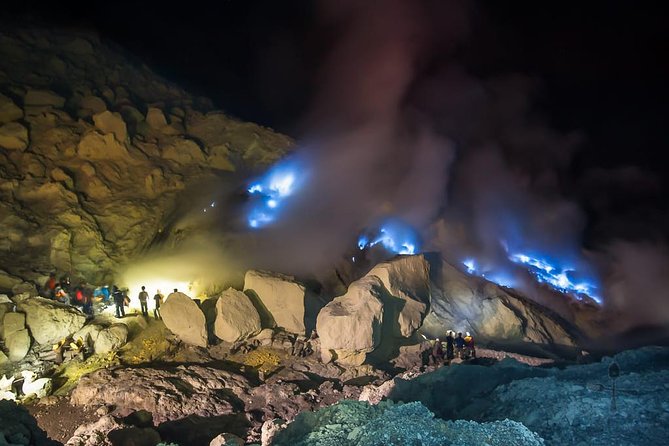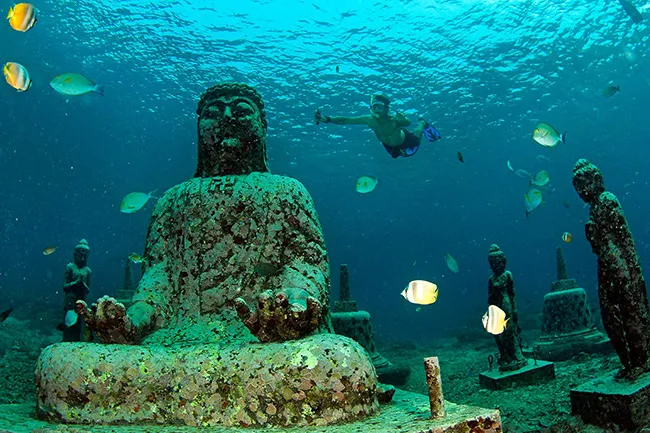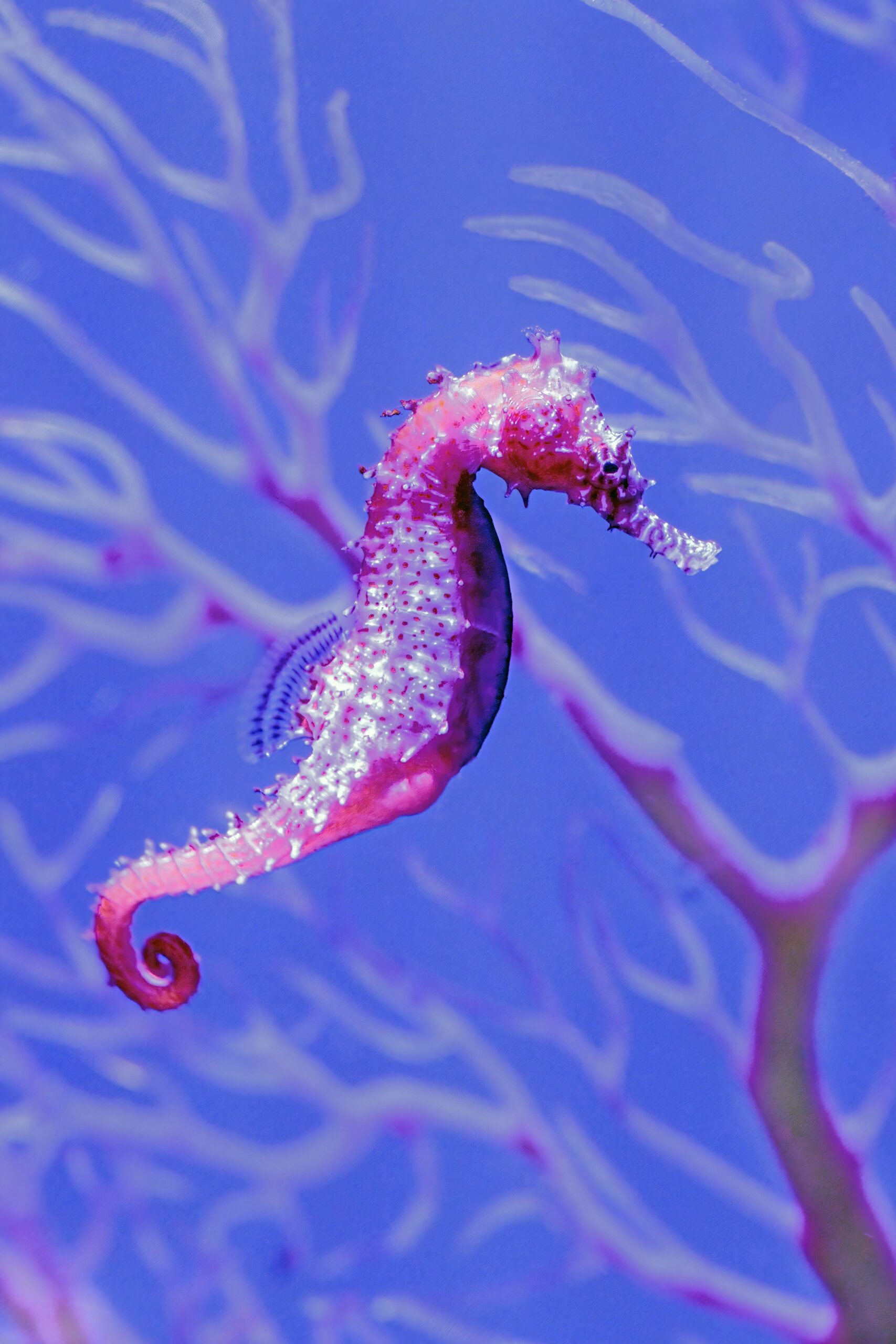What Is a Seahorse?
The seahorse is a small marine fish known for its upright posture, horse-like head, and curled tail. While seahorses are already fascinating due to their unusual appearance, they are even more remarkable because of their unique reproductive system. Seahorses are often called gender changing animals, although the reality is more complex. Male seahorses do not change into females, but they take over pregnancy, a role no other animal performs.
Do Seahorses Change Gender?
Seahorses do not fully change gender, but in certain species, roles between males and females can shift depending on environmental conditions. What makes them famous is not true gender switching, but the fact that males become pregnant, carrying eggs in a special brood pouch until birth.
This phenomenon often leads people to associate seahorses with gender flexibility and role reversal in the animal kingdom.
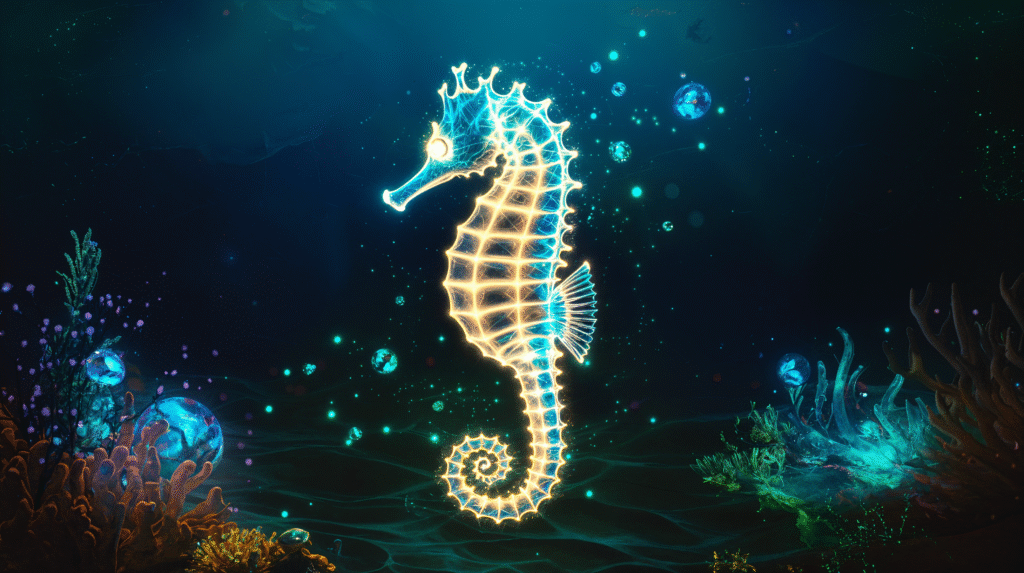
How Seahorse Reproduction Works
Seahorse reproduction is one of the most unique processes in the ocean.
1. Courtship Ritual
Before mating, seahorses perform a beautiful courtship dance that can last hours or even days. They swim together, change colors, and synchronize their movements.
2. Female Transfers the Eggs
The female deposits eggs into the male’s brood pouch, located on his abdomen.
3. Male Pregnancy Begins
Inside the pouch, the male fertilizes the eggs. He then carries the developing embryos for 10 to 45 days depending on the species and water temperature.
4. Giving Birth
When the babies are fully developed, the male goes into labor and releases dozens or even hundreds of tiny seahorses into the ocean.
Why Male Pregnancy Happens
Scientists believe male pregnancy evolved for several reasons:
- It allows females to produce more eggs more quickly
- It increases offspring survival by providing a warm, oxygen-rich environment
- It creates a more efficient reproductive cycle that benefits both parents
This reproductive strategy is found only in seahorses, pipefish, and sea dragons.
Where Seahorses Live
Seahorses are found worldwide in shallow, warm waters. Their habitats include:
- coral reefs
- mangrove forests
- seagrass beds
- estuaries
They blend into vegetation and corals using their camouflage abilities, making them difficult to spot.
What Seahorses Eat
Seahorses eat small marine animals such as:
- tiny shrimp
- plankton
- small crustaceans
They use their long snouts to suck up food like a vacuum.
Why Seahorses Are Important
Seahorses play a vital role in maintaining healthy marine ecosystems. They help control populations of small marine organisms and serve as indicators of environmental health. Their presence often reflects the stability of seagrass beds and coral reefs.
Threats to Seahorses
Unfortunately, seahorses face multiple threats, including:
- habitat destruction
- pollution
- overfishing
- use in traditional medicine
- illegal wildlife trade
Many species are now protected under international conservation laws.
Interesting Facts About Seahorses
- They are one of the few species where the male gives birth
- They have no stomach and must eat constantly
- They can change color to blend with their surroundings
- They mate for life in many species
- They are poor swimmers and often anchor themselves with their tails
